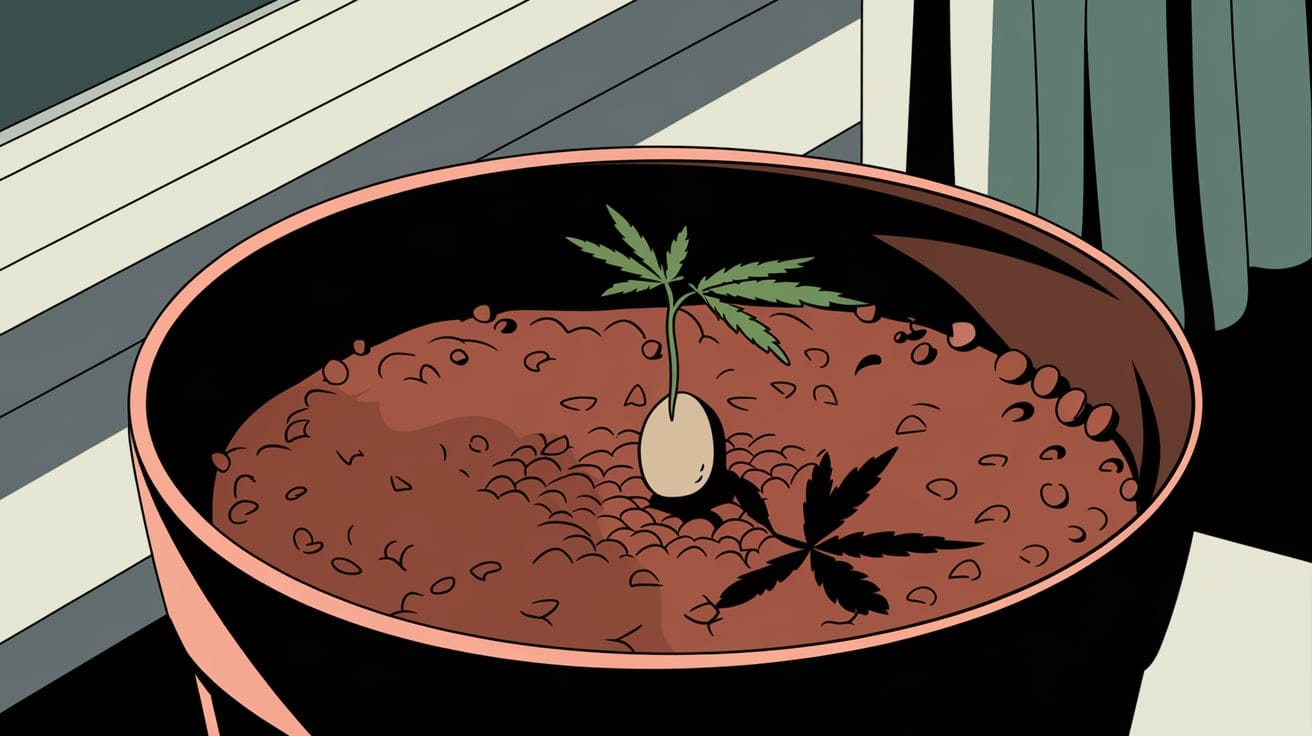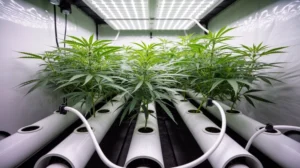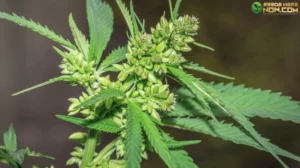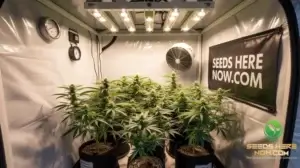Understanding Seed Dormancy: What It Means and Why It Matters for Germination

Seed dormancy is a fascinating and essential aspect of plant biology. It allows seeds to survive challenging environmental conditions, ensuring that they only sprout when conditions are favorable for growth. While dormancy helps seeds endure, it can also challenge growers eager to germinate them. This guide will explore seed dormancy, how it impacts germination, and proven methods for breaking dormancy to kickstart growth.
What Is Seed Dormancy?
Seed dormancy is a natural state of “sleep” that prevents seed from germinating, even when conditions (like water and temperature) might seem suitable. Dormancy acts as a protective mechanism, allowing seeds to wait until conditions are ideal for survival.
Why Do Seeds Enter Dormancy?
Dormancy is an evolutionary adaptation that helps seeds survive in unpredictable environments. This state enables seeds to withstand periods of drought, extreme temperatures, or seasonal changes, ensuring that they only begin to grow when there’s a higher chance of success.
Examples of Dormancy in Nature:
- Seasonal Dormancy: Seeds of many plant species only germinate after winter, waiting for spring warmth to grow.
- Fire-Induced Dormancy: Certain plants, especially in fire-prone areas, require intense heat from a wildfire to break dormancy and begin growing in freshly cleared soil.
For cannabis and other plants, dormancy allows seeds to remain viable for years, waiting for the right moment to sprout. However, as growers, it’s essential to understand how to break dormancy to promote successful germination.
Types of Seed Dormancy
Not all seeds enter dormancy for the same reasons. Here are the primary types of dormancy that impact germination:
1. Physical Dormancy
Physical dormancy occurs when a seed’s outer shell is too hard, preventing water and air from entering. Without moisture, the seed remains dormant.
Plants with Physical Dormancy: Many legumes and other hard-coated seeds have this type of dormancy. Some cannabis seeds also display physical dormancy if they have particularly tough shells.
2. Physiological Dormancy
Physiological dormancy involves chemical inhibitors within the seed that prevent it from germinating. These inhibitors are often broken down over time by environmental conditions, such as changes in temperature or light.
Plants with Physiological Dormancy: Many wild and temperate plants require specific conditions, such as cold stratification (chilling), to remove inhibitors.
3. Morphological Dormancy
In morphological dormancy, the seed’s embryo isn’t fully developed during dispersal. These seeds need a period of internal growth before they can germinate, even if external conditions are ideal.
Plants with Morphological Dormancy: This is less common in cannabis but can be seen in certain flowering plants and trees that produce seeds needing maturation.
4. Combination Dormancy
Some seeds have physical and physiological dormancy. They require both a break in the hard seed coat and a period of specific environmental conditions to germinate.
How Dormancy Affects Cannabis Seed Germination
Most cannabis seeds display a form of physical dormancy, which means they may have tough outer coats. While cannabis seeds don’t have complex dormancy requirements, growers may still encounter older or hard-shelled seeds that take longer to sprout.
Environmental cues like soaking or scratching the seed’s surface can sometimes help “wake up” dormant seeds. Understanding these dormancy factors can improve germination rates and help growers ensure their seeds are ready to grow.
Tips for Breaking Seed Dormancy
Breaking dormancy can increase the chances of successful germination. Here are some practical methods for breaking dormancy in cannabis seeds and encouraging them to sprout.
1. Scarification: Breaking the Seed Coat
Scarification involves gently scratching or weakening the seed’s outer shell to allow water to penetrate more easily. This is especially useful for older seeds or those with tough coats.
How To Scarify Seeds:
- Use a fine piece of sandpaper to lightly rub one side of the seed lightly, being careful not to damage the inner seed.
- You can gently nick the seed coat with a sharp knife or needle.
Scarification works well for seeds that have trouble absorbing water due to hard outer shells.
2. Soaking Seeds
Soaking seeds in water softens the outer shell, allowing moisture to penetrate and trigger germination. This method is simple and often effective.
How To Soak Seeds:
- Place seeds in a glass of room-temperature water for 12-24 hours.
- After soaking, transfer the seeds to a germination medium like a paper towel or soil.
Avoid soaking for longer than 24 hours. Seeds can become waterlogged, which can inhibit germination or cause rot.
3. Cold Stratification
Some seeds require exposure to cold conditions to break dormancy. While cannabis seeds typically don’t require this, cold stratification can help with certain other plant species and seeds that need a “winter” before sprouting.
How To Cold Stratify:
- Place seeds in a damp paper towel, then store them in a plastic bag in the refrigerator for 1-4 weeks.
- After cold stratification, remove the seeds and proceed with your usual germination method.
While uncommon for cannabis, cold stratification is essential for certain plant species and temperate climates.
4. Heat Treatment
Some seeds benefit from brief exposure to warmth, which mimics natural conditions and stimulates growth. Heat can help soften the outer shell, making water entering easier.
How To Use Heat Treatment:
- Place seeds in a warm spot, such as on a heating mat or near a radiator, for a few hours.
- Avoid exposing seeds to direct sunlight, as extreme heat can harm them.
This treatment is beneficial if you’re germinating seeds in colder conditions.
5. Using a Germination Enhancer
Specialized germination enhancers or plant growth regulators can sometimes break dormancy by softening the seed coat or chemically triggering growth.
How To Apply Germination Enhancers:
- Follow the product instructions carefully, as too much can damage the seed.
- Only use reputable, cannabis-safe enhancers to avoid harming your seeds.
While enhancers aren’t usually necessary for cannabis seeds, they can sometimes boost germination for older or more dormant seeds.
Frequently Asked Questions About Seed Dormancy and Germination
- How long can cannabis seeds stay dormant?
Cannabis seeds can remain dormant for several years if stored correctly. However, older seeds may require extra steps, like scarification or soaking, to germinate successfully. - Do all seeds need dormancy-breaking techniques?
Not necessarily. Fresh cannabis seeds often sprout without special treatment, but older or harder seeds may benefit from dormancy-breaking methods like soaking or scarification. - Can I skip dormancy-breaking methods and still germinate seeds?
Yes, most fresh seeds don’t require dormancy-breaking methods. However, if you notice slow or inconsistent germination, dormancy-breaking techniques can help. - Are there risks to break dormancy?
While breaking dormancy helps germination, using too much force when scarifying or soaking for too long can damage seeds. Always handle seeds gently. - What’s the best method for breaking dormancy in cannabis seeds?
Soaking is often the most straightforward and safest method, especially for cannabis. For more challenging seeds, scarification can help, but proceed carefully to avoid damaging the seed.
Final Thoughts on Seed Dormancy and Germination
Seed dormancy is a natural way for seeds to preserve themselves until conditions are right for growth. While cannabis seeds don’t have complex dormancy requirements, understanding how to break dormancy can improve germination rates, especially with older or tougher seeds.
By using techniques like soaking, scarification, or mild heat, you can help dormant seeds wake up and begin their journey to becoming healthy plants. With the right approach, you’ll be ready to see those first taproots emerge and set your growth up for success.
Thank you for reading! If you’re looking for high-quality cannabis clones, be sure to check out our sister site at IWantClones.com. For more information on this and other related topics, don’t miss my Ultimate Guide to Cannabis Germination.
Happy growing!
James Bean
Suggested Articles
;)
;)
;)




 03 Dec 2025
03 Dec 2025  7 min read
7 min read


 November 18, 2024
November 18, 2024 


RESPONSES (0)
No responses yet. Be the first to respond!